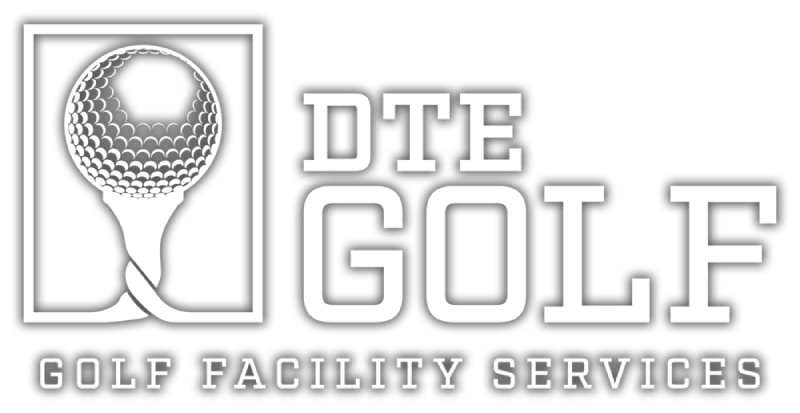Some of the important tips to keep your golf course in good shape all season start with developing a comprehensive maintenance plan, followed by investing in quality equipment, monitoring irrigation carefully, carrying out effective pest control, and maintaining good communication.
Read MoreThe key considerations for mowing patterns on commercial golf courses in Florida are aesthetics and playability of the golf course, consistent mowing routine, regular rotation of mowing patterns, direction of mowing pattern, mowing patterns that facilitate proper drainage, among others.
Read MoreWhen it comes to managing summer heat stress on Florida golf courses, it begins with effective irrigation management, the implementation of appropriate cultural practices, and the strategic placement of trees along with proper tree management.
Read MoreA golf course superintendent brings expertise in turfgrass management, pest and disease control, water conservation, environmental stewardship, and course aesthetics to ensure the green oasis remains pristine and provides a high-quality playing experience for golfers in Florida.
Read MoreImplementing intelligent irrigation technologies, appropriate scheduling, soil moisture monitoring, irrigation auditing, and utilizing drought-tolerant grass varieties, mulching non-playing areas, targeted watering practices, and raising awareness among staff are essential strategies for golf courses in Florida to conserve water during the hot summer months.
Read MoreSome of the key tips to maintain your golf cart include regular cleaning, battery maintenance, tire care, brake maintenance, and electrical system maintenance, to name a few. Golf carts serve as the primary and most popular mode of transportation in golf courses and communities, providing an easy and convenient way to move around the property.
Read MoreBunker raking is an essential maintenance practice for golf courses in Florida. It creates a consistent playing surface for golfers, enhances the course's aesthetics, promotes turf health, and helps prevent player injuries. Bunker raking can be labor-intensive and costly. It can also have negative environmental impacts and create safety hazards if not done properly.
Read MoreIn our fast-paced world, safety often takes a backseat as we navigate through our daily routines. However, ensuring safety should always be at the forefront of our minds, as it plays a pivotal role in safeguarding ourselves, our loved ones, and our communities.
Read MoreEffective management of nutrients is crucial in reducing environmental risks and maximizing profitability in golf course management. Adequate nutrient application boosts the nutrient pool available for turfgrass, leading to its recovery from damage, increased stress resistance, and improved playability.
Read MoreIn order to be sold or distributed in Florida, all pesticide products must undergo registration by both the U.S. Environmental Protection Agency (EPA) and the Florida Department of Agriculture and Consumers Services (FDACS). The FDACS carries out pesticide registration, enforcement, evaluation, and analysis programs to ensure proper use and disposal.
Read MoreMaintaining a high-quality lawn requires diligent attention to mowing. Mowing promotes turfgrass density, resulting in a dense lawn that is resilient against weed growth. Effective lawn maintenance, which includes proper mowing, fertilization, and irrigation, is crucial for a thriving lawn.
Read MoreThe golf industry in the United States has seen two periods of sustained contraction and three periods of sustained expansion in golf course supply.
Read MorePollinators play a vital role in maintaining healthy ecosystems, and responsible pesticide use is critical for their protection. Golf courses can also serve as important habitats for pollinators, providing opportunities for the natural areas that support them. In this article, we’ll explore the importance of protecting pollinators through responsible pesticide use, focusing on the role of golf courses.
Read MoreIntegrated Pest Management (IPM) is a necessary and ongoing practice throughout the year. The region's warm and humid climate provides favorable conditions for pest activity, including arthropods, nematodes, diseases, and weeds. Golf course superintendents must have a thorough understanding of IPM and its implementation for each pest group.
Read MoreGolf courses are more than just beautiful landscapes with well-manicured greens and fairways. There are many fascinating facts about golf courses that most people don't know about. In this article, we'll explore 10 facts about golf courses you definitely didn't know about.
Read MoreManaging a golf course can be challenging and requires a balance of skills, knowledge, and experience. From maintaining the course to ensuring that players have an enjoyable experience, there are many factors that can influence the success of a golf course. Therefore, finding the most effective way to manage a golf course is essential for its long-term success.
Read MoreDesigning or renovating a golf facility can be a difficult task that requires meticulous planning and execution. From creating an enjoyable playing experience for golfers to optimizing course maintenance, there are many factors to consider when designing a golf course.
Read More


















